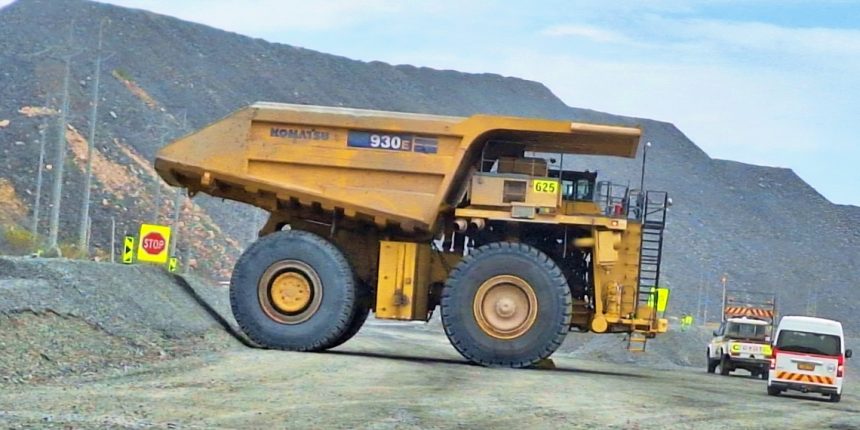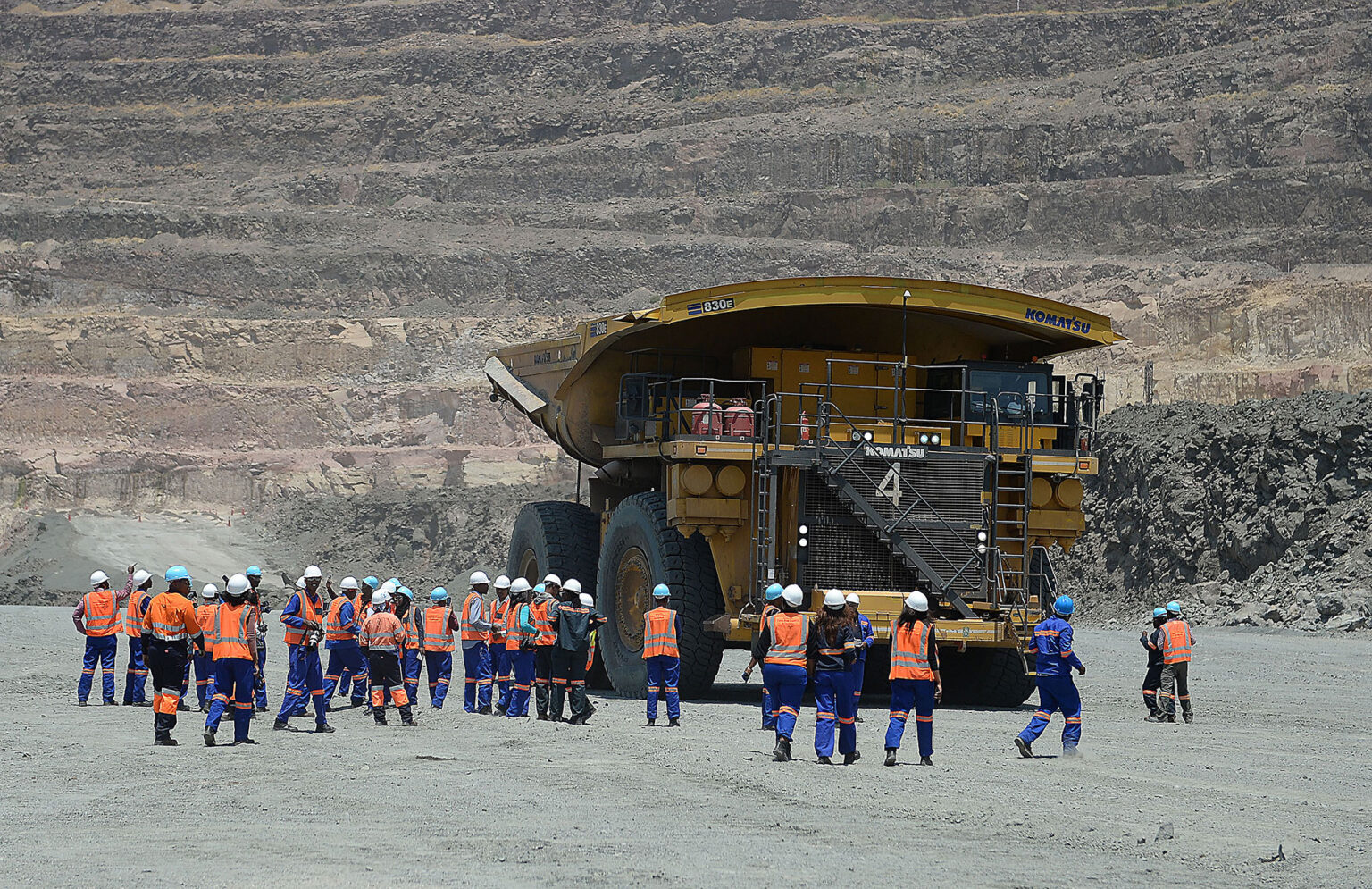At a Glance
- Jwaneng yields 11 million carats annually, delivering unmatched diamond value per carat.
- $2 billion Cut-9 expansion shifts mine underground, extending operations and preserving national revenues.
- Debswana’s flagship drives 30–40% of Botswana’s income, supporting thousands of livelihoods.
Situated in southern Botswana’s Kalahari, Jwaneng annually processes over 11 million carats of high-quality gems from its massive open-pit operations. The Jwaneng Diamond Mine is the richest in the world by value and the eighth-largest by production volume.
Operated by Debswana, a 50-50 joint venture between De Beers and the Botswana government, Jwaneng produces an estimated 11 million carats annually.
Debswana’s Jwaneng mine—nicknamed the “Prince of Mines”—is not just Africa’s richest diamond mine by value; it’s a cornerstone of Botswana’s economic miracle.
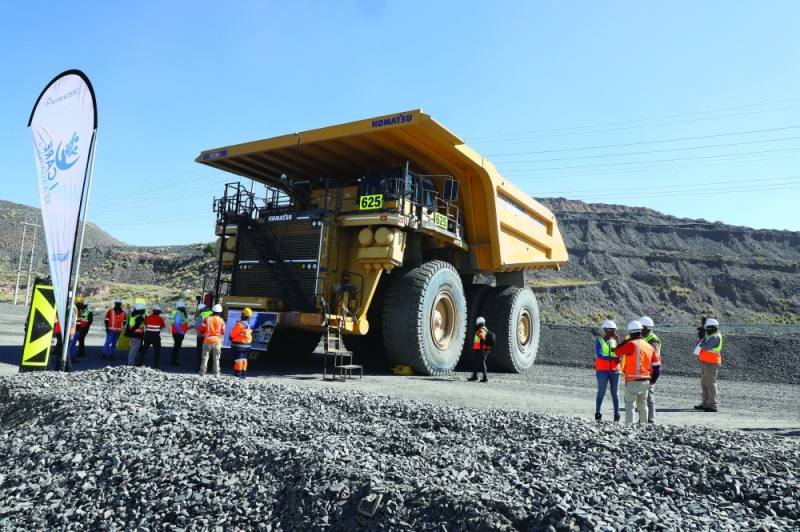
With a recoverable ore grade around 1.25 carats per tonne, the mine consistently delivers exceptional per-carat value, fueling Debswana’s dominance in global diamond revenues.
From open-pit to underground: Cut‑9’s game-changer
Approaching the end of its open-pit life around 2034, Jwaneng is undergoing a landmark transformation with the Cut‑9 underground expansion.
Budgeted at about $2 billion, this project is set to yield 53 million carats over its lifespan and support around 1,000 local jobs.
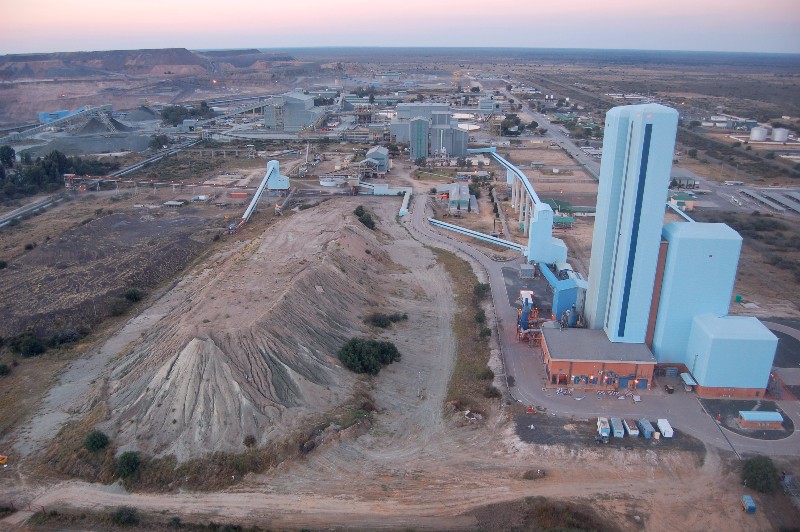
The first underground outputs are expected by 2027, extending the mine’s life to 2054 and safeguarding its central role in Botswana’s future.
Economic engine of Botswana
Discovered in 1972 and operational since 1982, Jwaneng sits atop a cluster of three kimberlite pipes. The mine’s output is not only prolific in volume but also in quality, boasting some of the highest-value diamonds per carat globally.
Its importance to Botswana’s economy is profound—diamonds contribute more than 80 percent to national export revenue, and Jwaneng alone is a major source of employment and public sector funding.
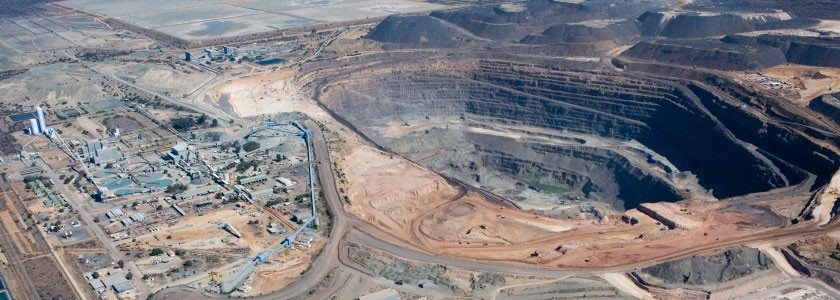
Jwaneng is a financial titan: it generates 60–70 percent of Debswana’s revenue, which in turn accounts for about 30–40 percent of government income and roughly one-third of Botswana’s GDP.
Employed by over 2,500 individuals and supporting thousands more through contractors, the mine backs comprehensive community services—from hospitals to schools—reinforcing inclusive national development .
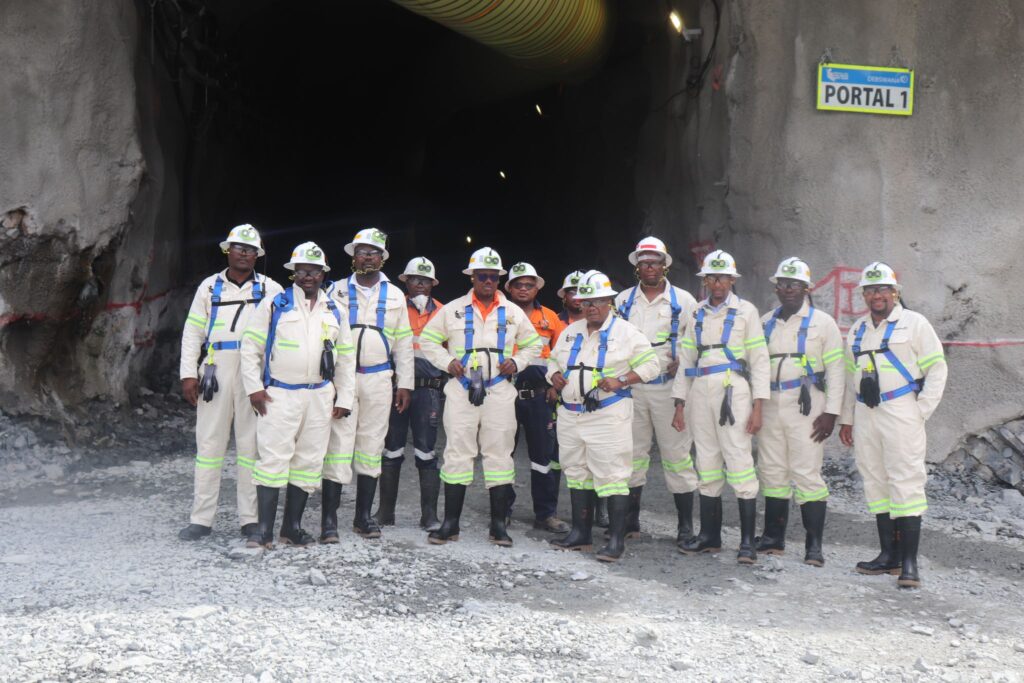
Navigating mrket headwinds
Despite its global stature, Jwaneng has not been immune to market pressures. Weakened demand in 2024 led Debswana to cut production by 27 percent and suspend operations such as the Cut-9 project. However, the shift to underground mining remains a top priority.
To support this transition, Debswana is seeking external financing and working toward an international credit rating, with annual capital expenditure projected to rise from BWP5 billion ($373.64 million) to BWP8 billion ($597.81 million) over the next five years. Botswana’s minerals minister expects a market recovery by 2026.
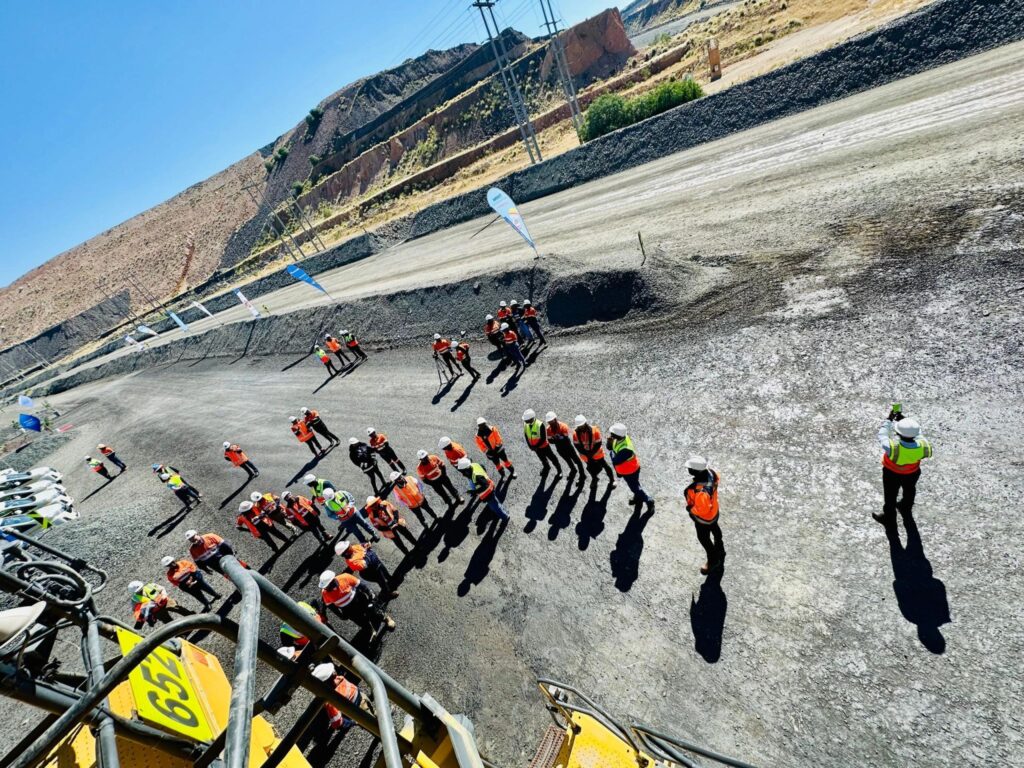
The $2 billion Cut-9 expansion is key to this long-term strategy, designed to deepen the mine and extend its life beyond 2035, sustaining output at up to 9 million carats annually from richer, deeper ore.
Environmental and social standards
Certified to ISO 14001 environmental standards since 2000, Jwaneng is committed to sustainable operations. Within its lease, the mine conserves biodiversity in Jwana Game Park and upholds exemplary safety records—among the lowest in the country. These efforts align with Debswana’s CITIZEN Economic Empowerment Programme, fostering local training, hiring, and business participation.
Jwaneng isn’t just a mine—it’s Botswana’s crown jewel. It exemplifies how strategic investment transforms a single asset into a national economic pillar. As Jwaneng transitions underground, its legacy—as a global leader in diamond value and socioeconomic development—is assured for decades ahead.
